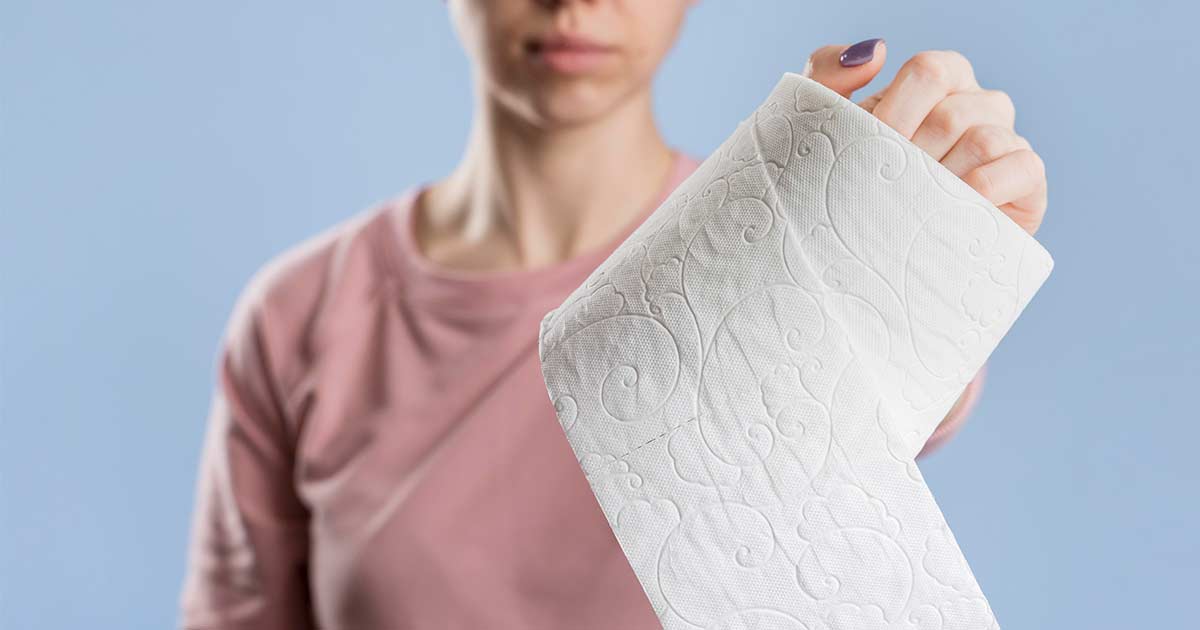“A tissue paper’s beauty lies in its softness.”
We happened to come across a client of our paper mill whose main concern was the tissue paper softness.
When we asked him about his softness requirements, he said, “the softer, the better!”. Frequently, clients are very cautious about the softness, especially when it comes to tissue papers.
In this blog, we are putting a focus on how you can increase the tissue paper softness.
From adding extra chemical components to adjusting your machine properties, there are several ways to do so. The method that we should follow depends on the requirements and production capacity.
Method #1: Wrinkle Causing Agents & Chemicals
The best way to improve the smoothness of the paper is by minimizing the wrinkles on it. It is also important for you to focus on understanding the mechanics of the wrinkle scraper. The conditions like squeegee angle, squeegee inclination, squeegee extension, squeegee material structure, applied pressure are also important.
However, these conditions are considered to belong to the patent scope of tissue making.
HANDPICKED RELATED CONTENT:
56 Best Chemicals Used in Pulp & Paper Mills (Tried & Tested)
Method #2: Adding Softener in Pulp
This is the traditional way to make the pulp softer that in return will produce softer tissue papers. The most used softeners for the pulp are –
- Mizoline: Mizoline reduces the bond between the fibers. Mizoline improves tissue paper softness. However, it reduces the tensile strength of the paper by almost 15%.
- Fiber Lubricant: Fiber lubricants are mostly the oily/waxy additives that are added to the pulp. These materials reduce the friction between the pulp fibers and make them softer. The lubricants help in achieving the required tissue paper softness. However, they reduce the tensile strength of the paper by 10%.
Method #3: Softener for Spraying Paper
Facial tissues and toilet papers have the most important responsibility of being soft in texture. The strength of the paper is based on the internal bonding of the fibers. The softness of the paper can be adjusted by reducing the degree of bonding between the fibers.
An effective way of softening paper is spraying softener on paper before it passes through the Yankee dryer. Using softeners for spraying paper is more cost-effective.
It reduces the cost by almost 50% as compared to the cost of adding softeners in the pulp. An added advantage of this process is that it improves the coating performance of the Yankee dryer.
This reduces the wrinkles on the paper and gives them a uniform texture as well as helps in easy winding on the web.
Some softeners have film-formation properties. As these softeners are sprayed on the paper when it is close to the Yankee dryer, the film-formation process affects the creping process, thus affecting the softness of the paper. The modifier makes the Yankee dryer produce paper with more plasticity and lesser wrinkles.
Important: Do you know that the bonds between the fibers of the paper are developed after the paper sheet is passed through the dryer? Before that, the pulp is attached by the cohesive force that is present between the water particles and pulp. Since the fiber are not bonded to each other, the pulp easily gets affected by the softeners and gains the softness that we are trying to provide.
When we spray softener on the paper sheets, the amount of lint produced on the creping blade is more than usual. If the quantity of softener used is exceeded, it produces a large amount of paper wool. Softener for spraying paper modifies the fibers and improves the overall softness of the paper. This also makes the tissue paper more gentle and more comfortable.
Increasing paper softness is a critical process for today’s paper industry. Tissue papers including toilet papers, facial tissues, paper towels are the daily needs that people require on regular basis.
When people look for buying tissue papers, they like to choose the ones that are softer in texture and design and provide good comfort.
There are different types of raw materials that are used to manufacture different types of tissue papers. The pulp used to make them is generally wood pulp, recycled paper pulp, straw pulp, cotton oar pulp, etc. While the highest grade of tissue paper is manufactured with wood pulp, the recycled paper pulp produces lower grades of paper.
The process of tissue paper manufacturing doesn’t differ a lot from raw materials. However, we would like to express that the excellent softness of tissue paper is achieved with the superior quality of raw material.
Meanwhile, using the best tissue paper making machine can help in manufacturing tissue papers with the best quality and excellent properties including softness, smoothness, strength, texture, design, etc.
Today, where there is increased competition in every business, our services, and our products are the only things that make us stand out from the crowd.
Therefore, it is important to be perfect in what we are offering to our customers.





